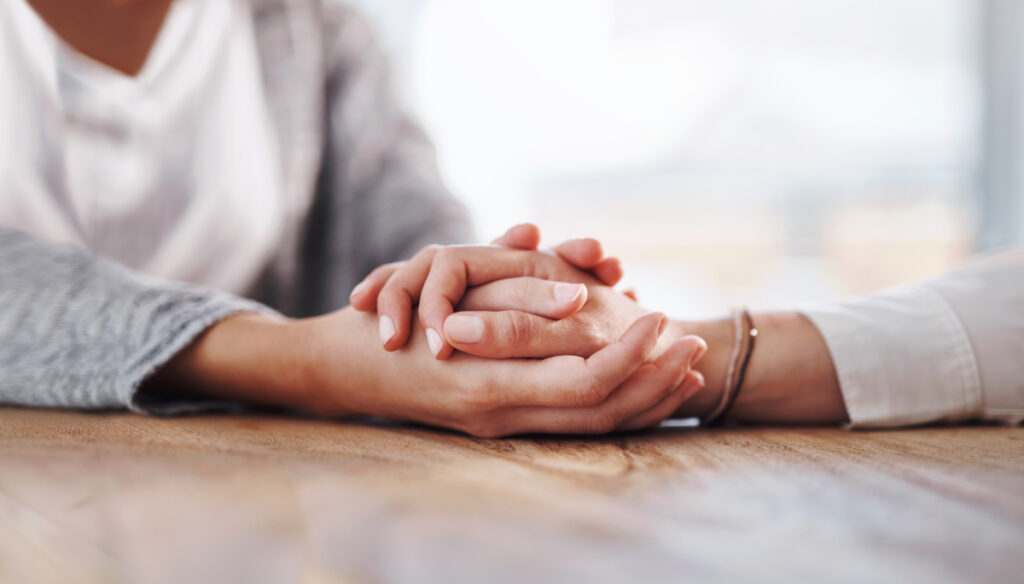Dealing with Post Holiday Blues and Depression
Is it normal to feel depressed or experience post holiday blues? According to recent surveys, you wouldn’t be alone if you did. Holiday stress and holiday depression are increasingly common topics of discussion, and statistics show that up to 88 percent of people feel more stressed out than usual over the winter break. But some…
Read MoreHow to Learn to Say No for Better Mental Health
Have you learned to use the word “no”? Yes and no are often some of the first words a child learns to say, but it can take some people decades to learn to use them. Knowing how to learn to say no to people when you need space, when you need to focus, and when…
Read MoreGet Help at a Malibu Mental Health Treatment Center this Season
Have you ever considered getting treatment for a mental health disorder? Why not start by seeking help at Amend Treatment, a Malibu Mental Health Treatment Center, this season? The Gift of Mental Health Treatment The holidays are all about family, gratitude, and celebrating the end of the year and the beginning of a new year…
Read MorePracticing Postpartum Depression Self-Care
Postpartum depression is a serious mental health crisis, affecting between 6 and 15 percent of new mothers and disproportionately affecting people with pre-existing mood or anxiety disorders (with about seven times as much risk). Postpartum depression can range from mild to debilitating, leaving new parents feeling anywhere from joyless and exhausted to self-deprecating and even suicidal. However,…
Read MoreWhen Do You Need Residential Care Over the Holidays?
It’s not always joy and cheer; holiday stress is real, and it affects millions of Americans each year. It’s been a difficult last few years for many people, and while the holidays can be a pleasant reprieve for some, they can be a struggle for others. For people who need consistency, holiday stress can make…
Read More6 December Mental Health Tips
December is not just one of the longest months of the year, but it’s also the month with the longest and often coldest nights. While many Americans are looking forward to a well-deserved winter break, many others are worried about how the holiday season might affect their mental health, from holiday stress to winter-related anxieties…
Read More8 Tips to Achieve Mental Wealth and Happiness
There are many factors that contribute to a person’s mental wealth, happiness, and overall well-being. While they do not replace therapy or the advice of a medical professional, personal stress management and mindfulness tools can help a person minimize their stress-related mental health issues and cope with anxious or intrusive thoughts. Ways to Build Mental…
Read MoreDual Diagnosis vs Co-Occurring Disorders: How Do They Compare?
Do you know the difference between dual diagnosis vs co-occurring disorders? While they may seem the same, each is unique in how they play a role in a person diagnosed with one or the other. Defining Dual Diagnosis vs Co-Occurring Disorders A dual diagnosis and a co-occurring disorder are synonymous terms, but the two also…
Read More9 Stress Killer Tips to Minimize Holiday Anxiety
The holidays are ironically known for being a stressful time. However, there are many stress killer tips and tricks you can use to minimize all the holiday anxiety and chaos. So, what causes someone to get stressed during the holidays in the first place, and what can be done? Stress Killer Tips for Minimal Holiday…
Read MoreDecrease Social Anxiety for a Happy Thanksgiving
The festivities are just right around the corner, but with the laughter and fun may also come anxiety. Knowing how to decrease social anxiety can help you experience a wonderful season and a happy Thanksgiving holiday. Social Anxiety and the Holidays Family holidays like Thanksgiving are all about observing gratitude and celebrating a familial bond…
Read More









